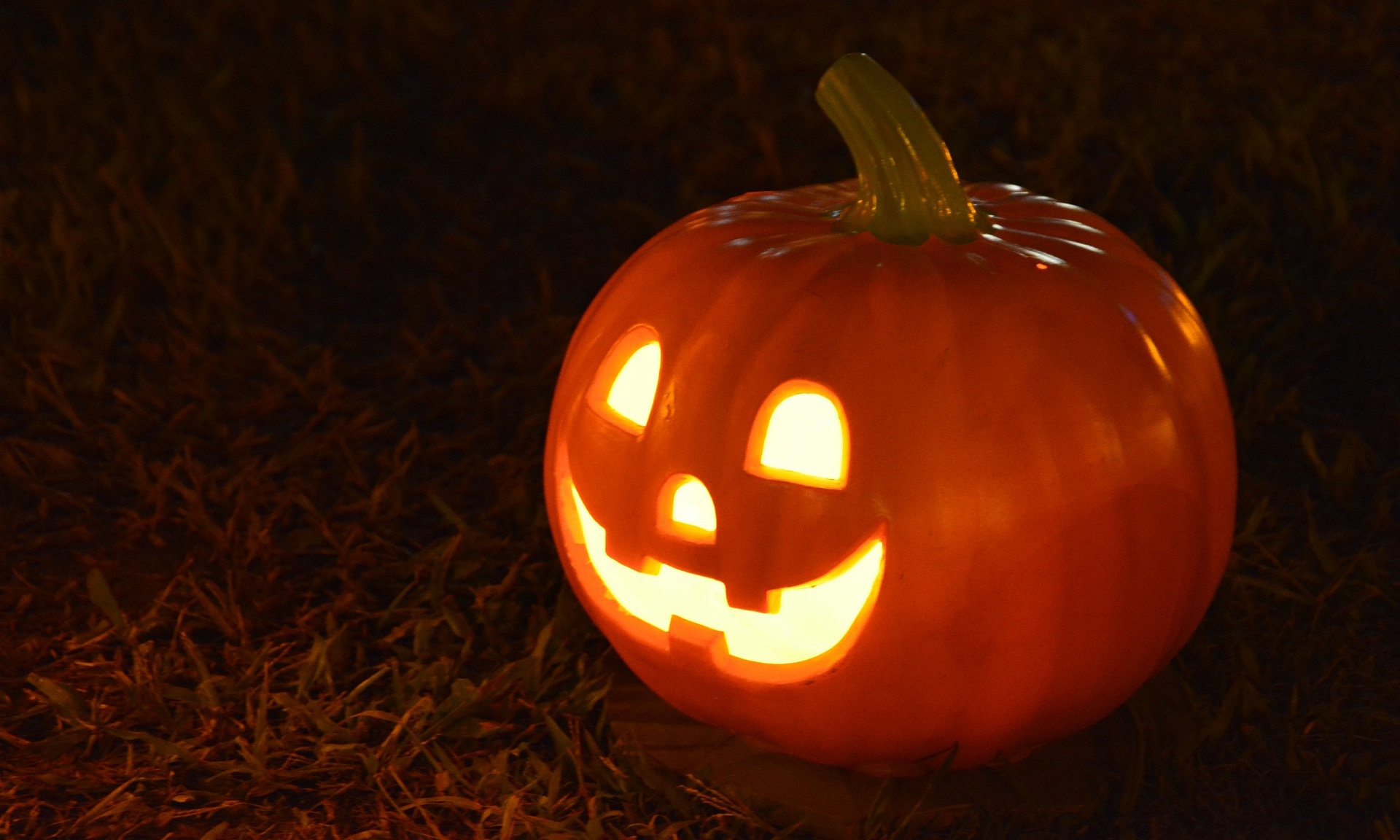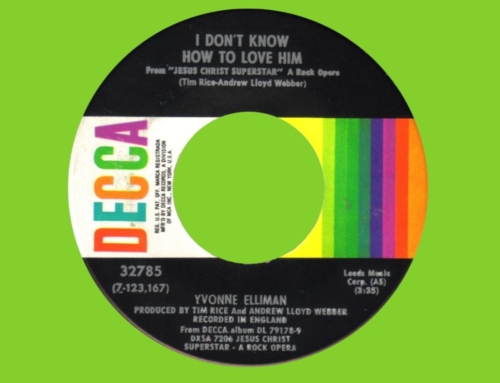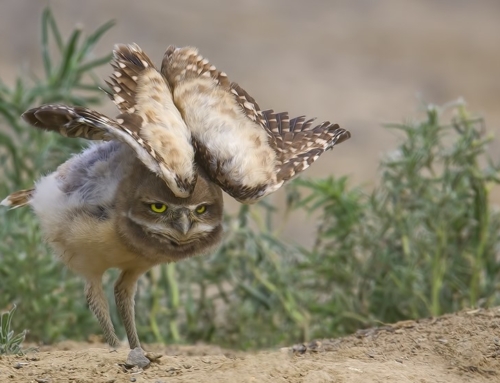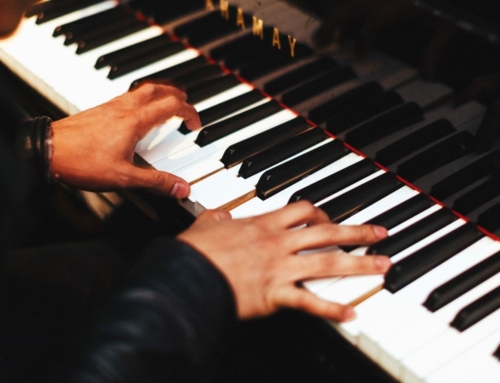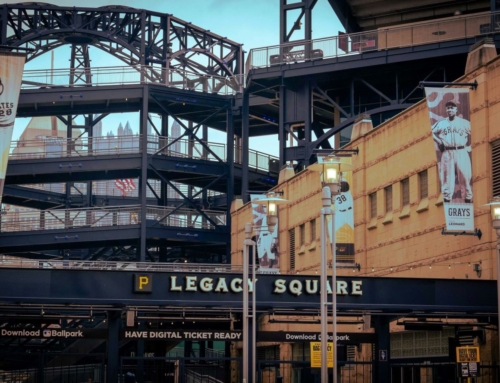I sometimes find myself asking the question, “What would Chesterton say about this?” This first happened years ago while looking at a mummy in the Egyptian exhibit at the Smithsonian. It struck me how this ancient king was now a burrito of old bones kept in a glass case in America’s capital and pawed at by the hands of toddlers and stroller moms. What would the pharaoh himself say, let alone Chesterton? After an extended Google search, I came up empty.
What also of tonight, when, on the vigil of All Saints, homeowners strew their yards with an assortment of spooky clutter, and neighborhoods crawl with those same toddlers, dressed as disparately as wicked witches or Disney princesses, coming to beg candy from each door? Search results again proved paltry, but there was one salvageable line. Chesterton says there is such a thing as “delight in sinister possibilities – the healthy lust for darkness and terror which may come on us any night in walking down a dark lane.” Interpreting this in light of Halloween will be our aim.
Let me first clarify that I’ve always liked Halloween. I associate it with all early memories of autumn, of leaf piles and cool weather and wood smoke. It provided the easiest way to evaluate who them “mean” neighbors were, turning out their lights and pretending to be away. There was also the important sibling ritual of candy sorting: everyone must empty his pillowcase onto the kitchen table in clear view of all, with no hiding, that fair trades might be negotiated.
Above all, however, is the choice of costumes. There are always contemporary choices, such as this year’s Angry Birds or Duck Dynasty characters, as well as classic choices like animals, athletes, superheroes, or even doctors and nurses. There are creative choices like being an Abe Lincoln penny or a train of friends going as a roller coaster. I also know a six-year-old with a robust historical sense who went proudly to the streets as a Roman woman. Most characteristic, however, are creepy choices: demons, goblins, zombies, etc.
But why all this hauntedness? Why set aside the Batman mask and go instead as one of his villains? Why hang cobwebs in the school hallways, or carve glowing scowls into the flesh of pumpkins?
Perhaps the answer lies in its origins. Halloween derives from ancient Celtic traditions of the cult of the dead, the night prior to their New Year. The surviving traditions were brought to America in the Irish immigration of the 1840s.
Perhaps at fault is our contemporary fascination with evil. Polls from England in 2005 said that more people believed in ghosts than in God. Movies like The Dark Knight or No Country for Old Men portray the psychotic villain as the interesting character to watch. Maybe evil has just become a fun fiction.
Or perhaps it’s because of instinct. Our most ancient stories speak of both good and evil. From our youth we know both of these instinctively: as Chesterton adds, “If you kept bogies and goblins away from children, they would make them up for themselves.”
Even long after the Irish have been won over to Christ’s flock, many still call them “superstitious.” Being half-Irish, I know a bit about this. In our hearts we know that Christ has destroyed death and made the devil a sham, but by our customs we remind ourselves that evil is real and still at work in the world, and each soul is at risk. The everyday drama of making moral choices is far “scarier” than any costume party. Each move places us on a path of eternal consequences.
C. S. Lewis writes, “There are no ordinary people . . . It is immortals whom we joke with, work with, marry, snub, and exploit—immortal horrors or everlasting splendors.” The ordinary neighbor answering the door is far stranger and scarier deep-down than the vampire ringing the bell. Perhaps something similar is meant by Chesterton’s “delight in sinister possibilities,” that Christians could use a good spook every now and then by false demons to remind us of the real ones at our heart’s door.
Yet why, in our increasingly secular culture, do even those who would be frightened at the thought of themselves being “religious” still show up at parties dressed as angels or demons? Or why do children go out in scary costumes? Perhaps some are melancholic and simply “delight in sinister possibilities.” Most people, however, think of Halloween as just another twist on family outings or themed parties. But at a deeper level, it is symbolic of the truth of our mortal situation—our everyday drama between choosing good or evil—played out by children in the streets.
I remember having a distinctive feeling after trick-or-treating was done, being tired and happy, and only wanting to take the costume off. Scary as it may be, at the end of day we want to return to our “normal” human lives. The Feast of All Saints, which follows upon this night, celebrates the summit of human possibilities, the men and women who triumphed over death and sin by following Christ. Among the choir of saints there are a variety of “characters,” some friendlier and others spookier than most sights on Halloween. Yet deep down, each of them knew the real risk of everyday evil, and each spent their lives heroically choosing the good.

